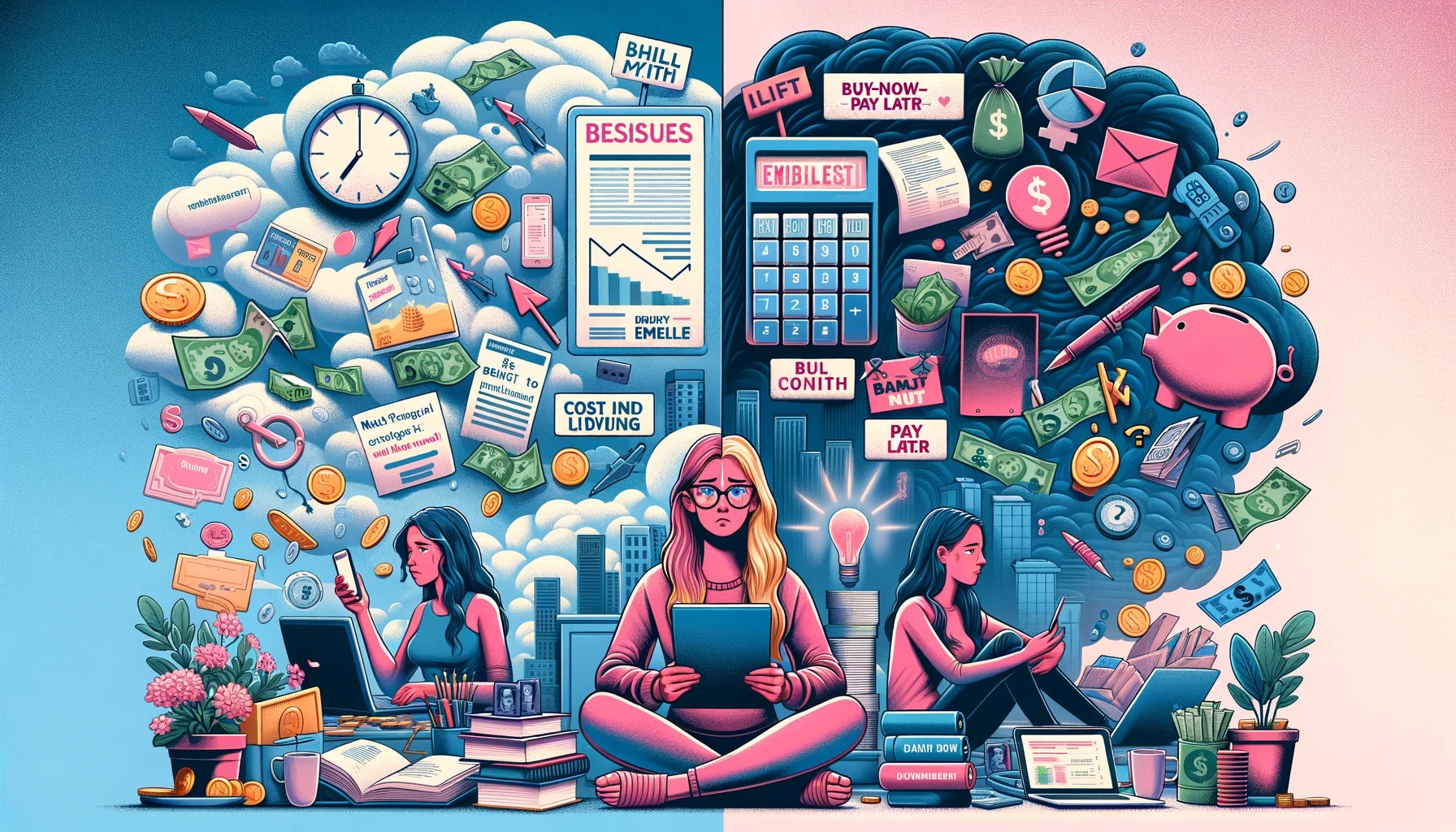Invest
Inequality in Australia at 20-year high
The world’s “broken economic system” saw Australian billionaires grow their wealth by $38 billion in the 2017 financial year, and Oxfam has had enough.
Inequality in Australia at 20-year high
The world’s “broken economic system” saw Australian billionaires grow their wealth by $38 billion in the 2017 financial year, and Oxfam has had enough.

Noting that $38 billion could cover more than half of Australia’s public health spending bill, and that in the number of Australian billionaires grew from eight to 33 in the last year alone, Oxfam said the “system is clearly not working for a majority of people”.
According to the Oxfam briefing paper, Growing Gulf Between Work and Wealth, this increase in Australian billionaires has occurred at a time when Australian workers’ wages have stagnated.
Chief executive at Oxfam Australia, Dr Helen Szoke said: “Oxfam is committed to tackling poverty and inequality – but a broken economic system that is concentrating more wealth in the hands of the rich and powerful, while ordinary people struggle to scrape by, is fuelling an inequality crisis.
“Over the decade since the global financial crisis, the wealth of Australian billionaires has increased by almost 140 per cent to a total of $115.4 billion last year. Yet over the same time, the average wages of ordinary Australians have increased by just 36 per cent and average household wealth grew by 12 per cent.”

Continuing, Ms Szoke said “everyday Australians” are struggling to get by as the wealthiest grow “richer and richer”.
“The richest 1 per cent of Australians continue to own more wealth than the bottom 70 per cent of Australians combined.”
The inequality is not limited to Australia, she added, pointing to the garment industry in which wages can be as low as $974 a year for Bangladeshi garment makers, usually female.
“This economic injustice is nowhere more apparent than in the clothing industry, where the people – mainly women – making clothes for household Australian brands are often paid poverty wages,” Dr Szoke said.
“A handful of the highest paid chief executives in the Australian clothing retail sector earn, on average, about $6 million a year. At the same time, many women working in Bangladesh to make the clothes sold by these brands take home a minimum wage of $974 a year.”
This difference means a garment-maker on that salary would need to work more than 10,000 years in order to match the highest paid Australian fashion CEO’s 2017 salary based on the Kmart/Target ($6 million), Just Group ($10.1 million), David Jones ($2.3 million) 2017 CEO salary packages.
Using that same $6.1 million average, the average full-time Australian worker – who earns $1,543 a week according to the Australian Bureau of Statistics, would need to work 76 years to make what one of the highest paid fashion retail CEOs make in a year.
“Hard work is no longer a guarantee for a better life – the system is clearly not working for a majority of people,” Dr Szoke said. “The federal government and Australian companies cannot ignore this inequality crisis and must act to curtail the widening gulf between the super-rich and ordinary workers.”
She said companies should look further than the earnings gap in Australia and make commitments to ensuring that garment-makers abroad have living wages. She urged them to accompany this with step-by-step strategies outlining how this would be achieved.
Similarly, Dr Szoke called on the Australian government to end corporate tax cuts and boost tax transparency laws so as to force companies to publicly report income, profits and taxes on every country they operate in.
AMP Capital last week explained that investors are influenced by Millennial concerns about the ethics of the garment industry, and are helping drive change where they can.
Kristen Le Mesurier, from AMP Capital’s responsible investment leaders said: “The conversations we have with companies suggest that some consumers consider sustainability when they buy apparel but most are still primarily driven by price.
“Investors [shareholders in listed companies] are playing a much more significant role in driving change.”
She continued: “As a large investor, we [AMP Capital] can ask listed companies to do a lot more; to audit their supply chains, to provide full transparency over where materials are coming from, who is making them and whether those workers are being paid a living wage.”

Spending
Moneysmart study reveals Gen Z women more concerned about finances than men
A new research conducted by ASIC’s Moneysmart has unveiled the heightened levels of stress and concern regarding finances and the cost of living among Australian Gen Z women compared to their male ...Read more

Spending
The cost of politeness: Aussies out of pocket by $1,350 due to 'awkward tax'
It's the time of year when Australians dive into their pockets for festive events and gatherings, yet a recent study by PayPal suggests that many are too polite, or perhaps too embarrassed, to ask for ...Read more

Spending
Aussies can ‘NAB Now Pay Later’ with the last major bank to embrace BNPL
NAB has become the latest bank to enter the BNPL market. Read more

Spending
Aussie households spent $368 a week on transport after petrol price surge
Fuel costs have increased by 40 per cent over the past year, a new report from the Australian Automobile Association has revealed. Read more

Spending
Voters say reducing the cost of living should be the government’s top priority
Aussies have ranked high cost of living as the top issue that needs to be addressed by the next government. Read more

Spending
Bodies back Labor’s commitment to stronger BNPL regulation
All parties should commit to stronger regulations for the BNPL sector, according to Financial Counselling Australia. Read more

Spending
Household spending surges led by retail and recreation
Spending on retail, recreation and hospitality have continued to climb as COVID-19 case numbers and restrictions have eased. Read more

Spending
Banks extend financial assistance to flood-affected customers
A range of assistance is available from major banks to those impacted by flooding in NSW and Queensland. Read more

Spending
Moneysmart study reveals Gen Z women more concerned about finances than men
A new research conducted by ASIC’s Moneysmart has unveiled the heightened levels of stress and concern regarding finances and the cost of living among Australian Gen Z women compared to their male ...Read more

Spending
The cost of politeness: Aussies out of pocket by $1,350 due to 'awkward tax'
It's the time of year when Australians dive into their pockets for festive events and gatherings, yet a recent study by PayPal suggests that many are too polite, or perhaps too embarrassed, to ask for ...Read more

Spending
Aussies can ‘NAB Now Pay Later’ with the last major bank to embrace BNPL
NAB has become the latest bank to enter the BNPL market. Read more

Spending
Aussie households spent $368 a week on transport after petrol price surge
Fuel costs have increased by 40 per cent over the past year, a new report from the Australian Automobile Association has revealed. Read more

Spending
Voters say reducing the cost of living should be the government’s top priority
Aussies have ranked high cost of living as the top issue that needs to be addressed by the next government. Read more

Spending
Bodies back Labor’s commitment to stronger BNPL regulation
All parties should commit to stronger regulations for the BNPL sector, according to Financial Counselling Australia. Read more

Spending
Household spending surges led by retail and recreation
Spending on retail, recreation and hospitality have continued to climb as COVID-19 case numbers and restrictions have eased. Read more

Spending
Banks extend financial assistance to flood-affected customers
A range of assistance is available from major banks to those impacted by flooding in NSW and Queensland. Read more









